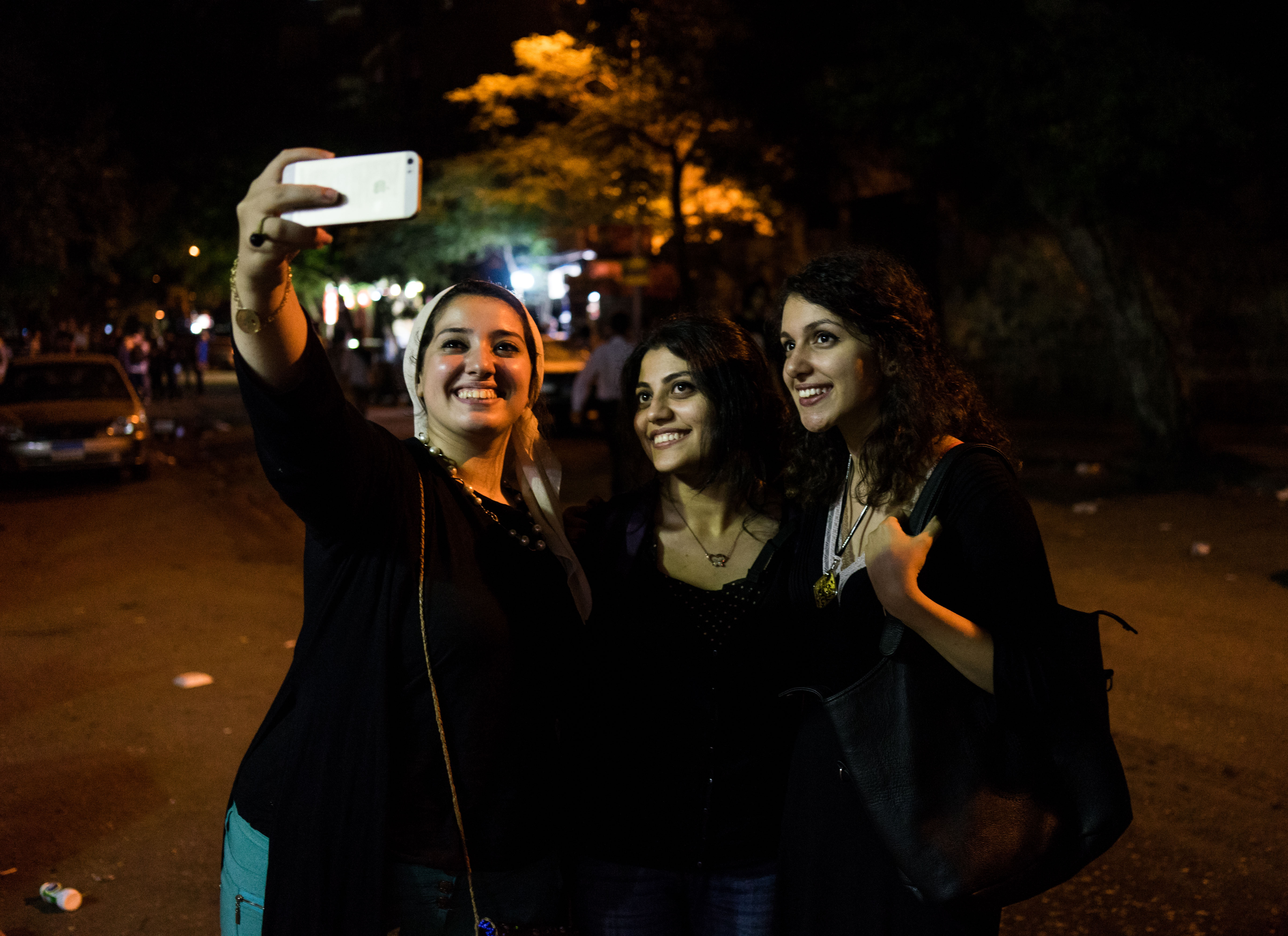The controversy of the hijab in Egypt continues, as more and more young girls choose to go head-to-head with the struggle associated with deciding to take off the Islamic headscarf. In the four Islamic Sunni Madhabs (schools of jurisprudence), hijab is considered a religious obligation; it symbolizes the woman’s submission to Allah and her connection with the faith. It is also a symbol of modesty, chastity and devotion. However, Egypt’s feminists and liberals have their own idea of the hijab. It is often associated with the rise of Wahhabism witnessed in Egypt’s society in the 70s and the 80s, which culminated in the 90s with the government’s bitter battle against the more radical Islamic movements. In his book, “Whatever Happened to the Egyptians,” Galal Amin – a famous Egyptian economist and commentator – argues that the hijab was basically introduced to society through the large number of Egyptians who immigrated to Gulf countries, particularly Saudi Arabia, to work during the 70s and 80s. Prior to that, the hijab was only seen in Egypt’s countryside. Egypt’s revolution, counterrevolution and all the political turmoil witnessed in between, led many people to view…



